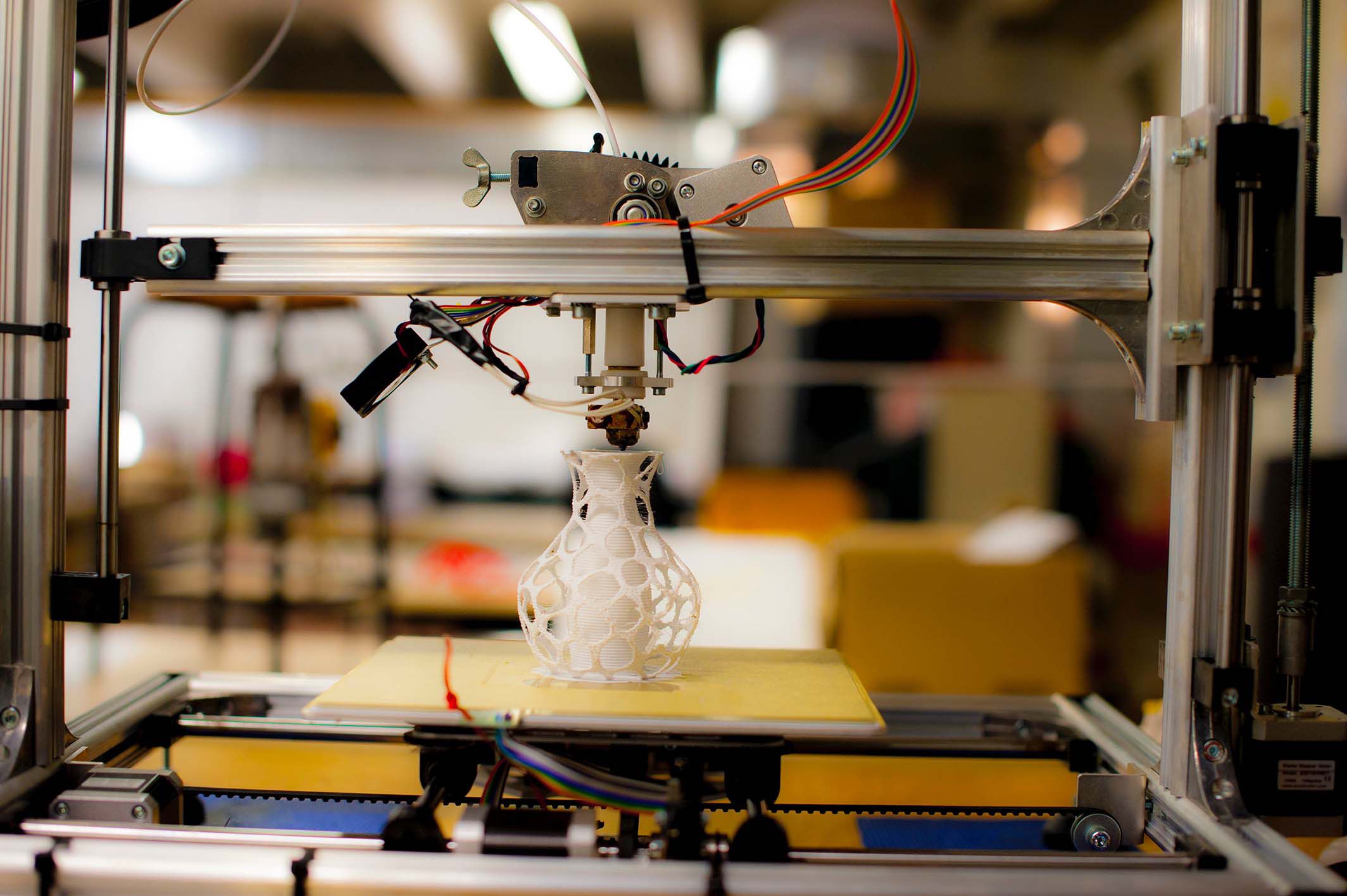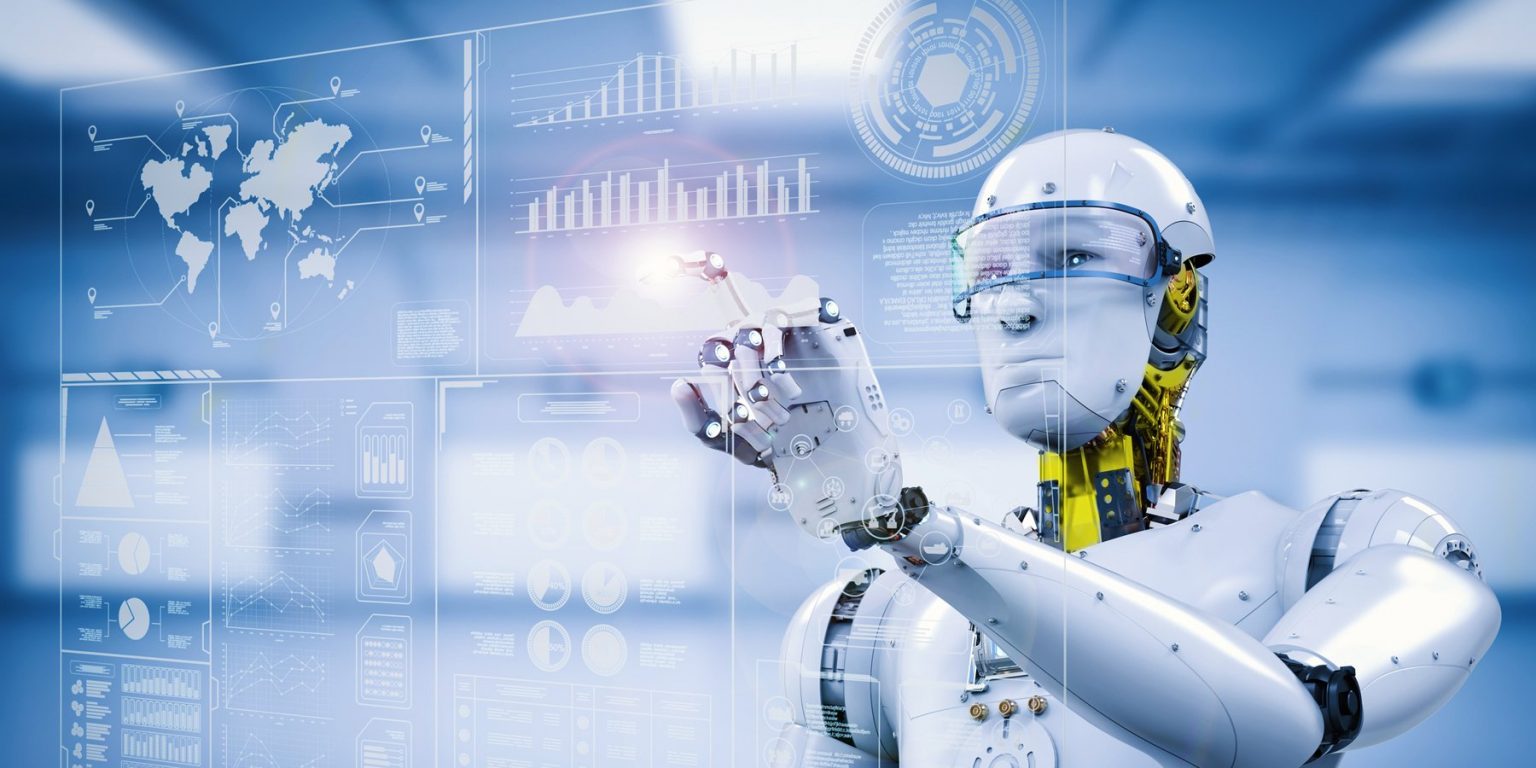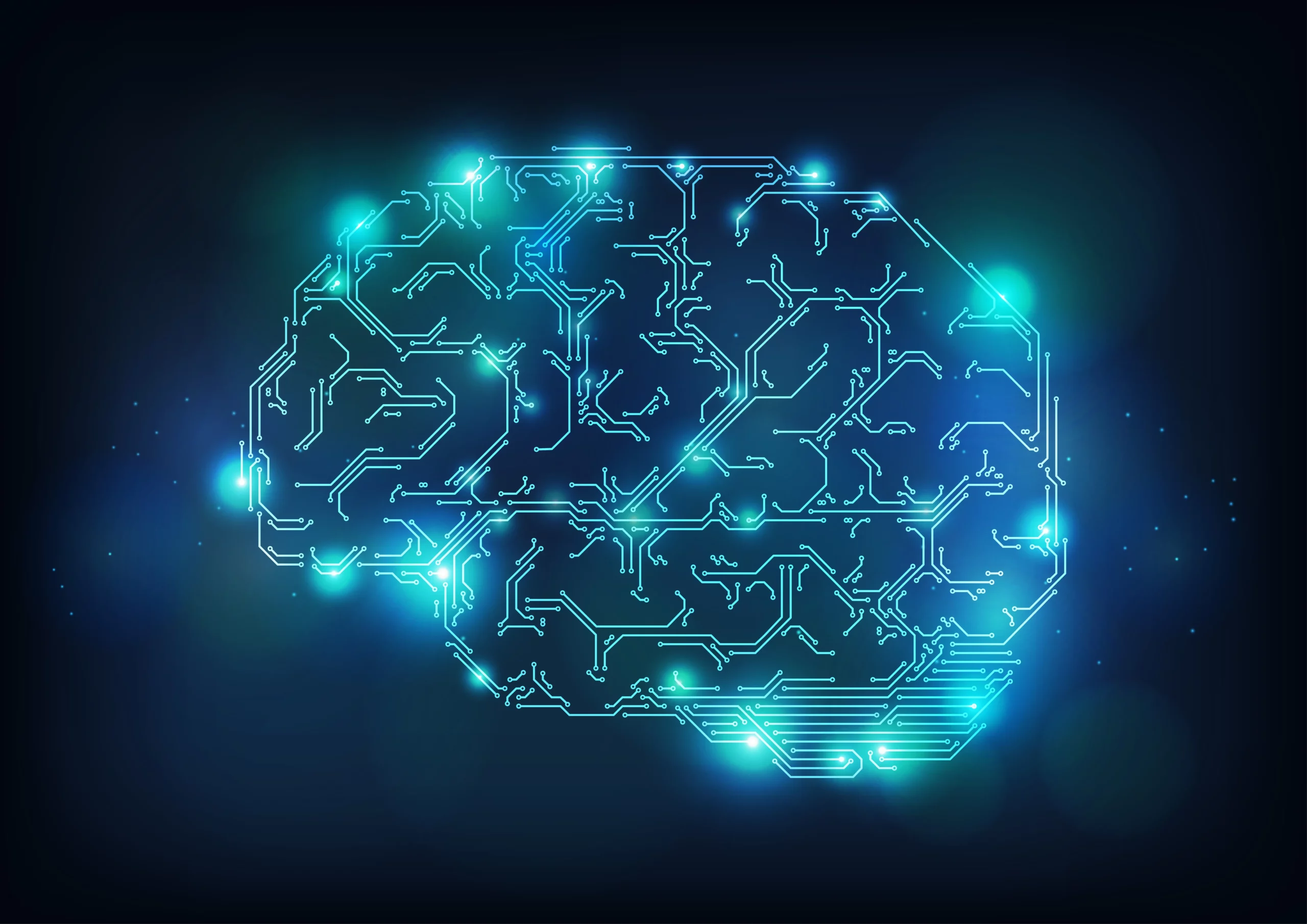Introduction
The advent of technology has brought about several benefits, including increased efficiency and productivity in the workplace. However, as technology continues to advance at an unprecedented rate, the fear of technological unemployment looms large. The rise of automation and artificial intelligence has led to concerns about machines replacing human jobs, leading to widespread unemployment. In this blog post, we will explore the concept of technological unemployment and its potential implications for the workforce.
What is Technological Unemployment?
Technological unemployment refers to the displacement of human workers due to the increased use of automation and artificial intelligence in the workplace. As machines become more sophisticated, they are able to perform tasks that were previously exclusive to human workers, leading to job losses. While technological unemployment has been a concern for decades, recent advancements in automation and artificial intelligence have accelerated the pace of job displacement.
Potential Implications for the Workforce
The rise of technological unemployment has the potential to impact various industries, including manufacturing, transportation, and customer service. As machines become more efficient at performing these tasks, the demand for human workers decreases. This could lead to widespread job losses and a significant shift in the nature of work. Furthermore, as machines become more intelligent, they may also begin to replace higher-skilled workers in industries such as finance and healthcare.
Solutions to Technological Unemployment
While technological unemployment may seem like an inevitable consequence of technological advancement, there are potential solutions to mitigate its impact. One solution is to invest in retraining programs that equip workers with the skills needed for the jobs of the future. Another solution is to focus on industries that are less likely to be impacted by automation, such as the creative arts or social services.
Conclusion
Technological unemployment is a complex issue that requires careful consideration. While machines are unlikely to completely replace human workers, there is no doubt that the rise of automation and artificial intelligence will lead to significant changes in the workforce. As we navigate this technological revolution, it is important to explore solutions that ensure that no one is left behind.









